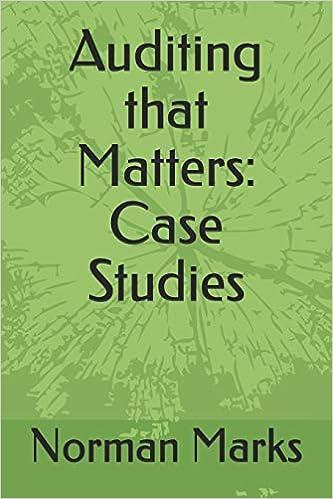Answered step by step
Verified Expert Solution
Question
1 Approved Answer
Assume that you recently graduated with a major in finance and just landed a job in the trust department of a large regional bank. Your
- Assume that you recently graduated with a major in finance and just landed a job in the trust department of a large regional bank. Your first assignment is to invest $100,000 from an estate for which the bank is trustee. Because the estate is expected to be distributed to the heirs in approximately one year, you have been instructed to plan for a one-year holding period. Furthermore, your boss has restricted you to the following investment alternatives, shown with their probabilities and associated outcomes. The banks economic forecasting staff has developed probability estimates for the state of the economy, and the rate of return on each alternative is estimated under each state of the economy. High Tech, Inc., is an electronics firm; Collections, Inc., a firm collects past-due debts; and U.S. Rubber manufactures tires and various other rubber and plastic products.
-
Given the situation as described, discuss the following questions:
- Calculate the expected rate of return on each alternative. Which alternative has the highest return and which one has the lowest return?
- Calculate the riskiness of each alternative using the standard deviation of returns. What type of risk does the standard deviation measure?
- Calculate the coefficient of variations (CVs) for the different securities and rank the alternatives based on the CVs. Does the CV measurement produce the same risk rankings as the standard deviation?
- Suppose you created a two-stock portfolio by investing $50,000 in High Tech and $50,000 in Collections. Calculate the expected return rP , the standard deviation ( p), and the coefficient of variation (CVp) for this portfolio. How does the riskiness of this two-stock portfolio compare to the riskiness of the individual stocks if they were held in isolation?
- Suppose an investor starts with a portfolio consisting of one randomly selected stock. What would happen (1) to the riskiness and (2) to the expected return of the portfolio as more randomly selected stocks are added to the portfolio? What is the implication for investors? Draw two graphs to illustrate your answer.
- Refer to the table below:
|
|
| Estimated Returns on Alternative Investments | ||||
| State of Economy | Probability | T-Bills | High-Tech | Collections | US Rubber | Market Portfolio |
| Recession | 0.1 | 8% | -22% | 28% | 10% | -13% |
| Below Average | 0.2 | 8 | -2 | 14.7 | -10 | 1 |
| Average | 0.4 | 8 | 20 | 0 | 7 | 15 |
| Above Average | 0.2 | 8 | 35 | -10 | 45 | 29 |
| Boom | 0.1 | 8 | 50 | -20 | 30 | 43 |
Step by Step Solution
There are 3 Steps involved in it
Step: 1

Get Instant Access to Expert-Tailored Solutions
See step-by-step solutions with expert insights and AI powered tools for academic success
Step: 2

Step: 3

Ace Your Homework with AI
Get the answers you need in no time with our AI-driven, step-by-step assistance
Get Started


